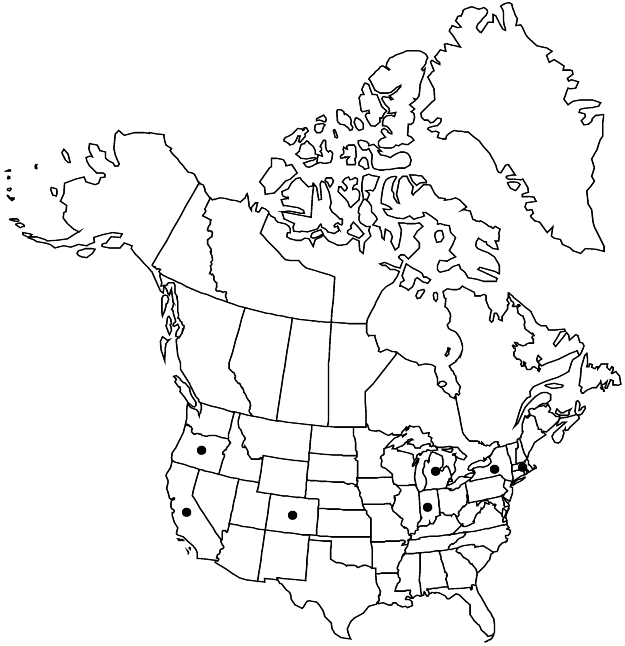Difference between revisions of "Saponaria ocymoides"
Sp. Pl. 1: 409. 1753.
Common names: Rock soapwort
FNA>Volume Importer |
FNA>Volume Importer |
||
| Line 24: | Line 24: | ||
|elevation=0-2200 m | |elevation=0-2200 m | ||
|distribution=Calif.;Colo.;Ind.;Mass.;Mich.;N.Y.;Oreg.;Europe. | |distribution=Calif.;Colo.;Ind.;Mass.;Mich.;N.Y.;Oreg.;Europe. | ||
| − | |discussion=<p>Saponaria ocymoides is a long-cultivated rock-garden and wall plant that is only rarely persistent outside of gardens.</p> | + | |discussion=<p><i>Saponaria ocymoides</i> is a long-cultivated rock-garden and wall plant that is only rarely persistent outside of gardens.</p> |
|tables= | |tables= | ||
|references= | |references= | ||
| Line 49: | Line 49: | ||
|publication year=1753 | |publication year=1753 | ||
|special status= | |special status= | ||
| − | |source xml=https://jpend@bitbucket.org/aafc-mbb/fna-data-curation.git/src/ | + | |source xml=https://jpend@bitbucket.org/aafc-mbb/fna-data-curation.git/src/8f726806613d60c220dc4493de13607dd3150896/coarse_grained_fna_xml/V5/V5_321.xml |
|subfamily=Caryophyllaceae subfam. Caryophylloideae | |subfamily=Caryophyllaceae subfam. Caryophylloideae | ||
|genus=Saponaria | |genus=Saponaria | ||
Revision as of 17:38, 18 September 2019
Plants perennial, with over-wintering leafy shoots. Stems trailing, procumbent, or ascending, much-branched, 5–25 cm. Leaves: petiole not winged, (0.1–)0.5–1(–3) cm; blade 1-veined, spatulate to ovate-lanceolate, 0.6–2.5 × 0.3–1.4 cm. Cymes spreading, lax. Pedicels 2–6 mm. Flowers sometimes double; calyx usually purple, not cleft, 7–12 mm, glandular-pubescent; petals red or pink to white, blade 8–15 mm. Capsules 6–8 mm. Seeds 1.6–2 mm wide. 2n = 28 (Europe).
Phenology: Flowering summer.
Habitat: Waste sites, rocky places, old gardens
Elevation: 0-2200 m
Distribution

Calif., Colo., Ind., Mass., Mich., N.Y., Oreg., Europe.
Discussion
Saponaria ocymoides is a long-cultivated rock-garden and wall plant that is only rarely persistent outside of gardens.
Selected References
None.
Lower Taxa
None.